English Baroque
1/22
There's no tags or description
Looks like no tags are added yet.
Name | Mastery | Learn | Test | Matching | Spaced |
|---|
No study sessions yet.
23 Terms
Restoration Period
In England, the period following the restoration of Charles II to the throne in 1660; reintroduced a strong secular and urbane element back into English literature.
Christopher Wren
Greatest English architect of his time. He designed many buildings in London for the large rebuilding effort that followed the city's "Great Fire" of 1666. Saint Paul's Cathedral is his best-known work.
St. Paul's Cathedral
Designed by Christopher Wren, it is the largest cathedral in England. The dome is an enlarged version of the Tempietto by Donato Bramante. Its lower levels are more Palladian.
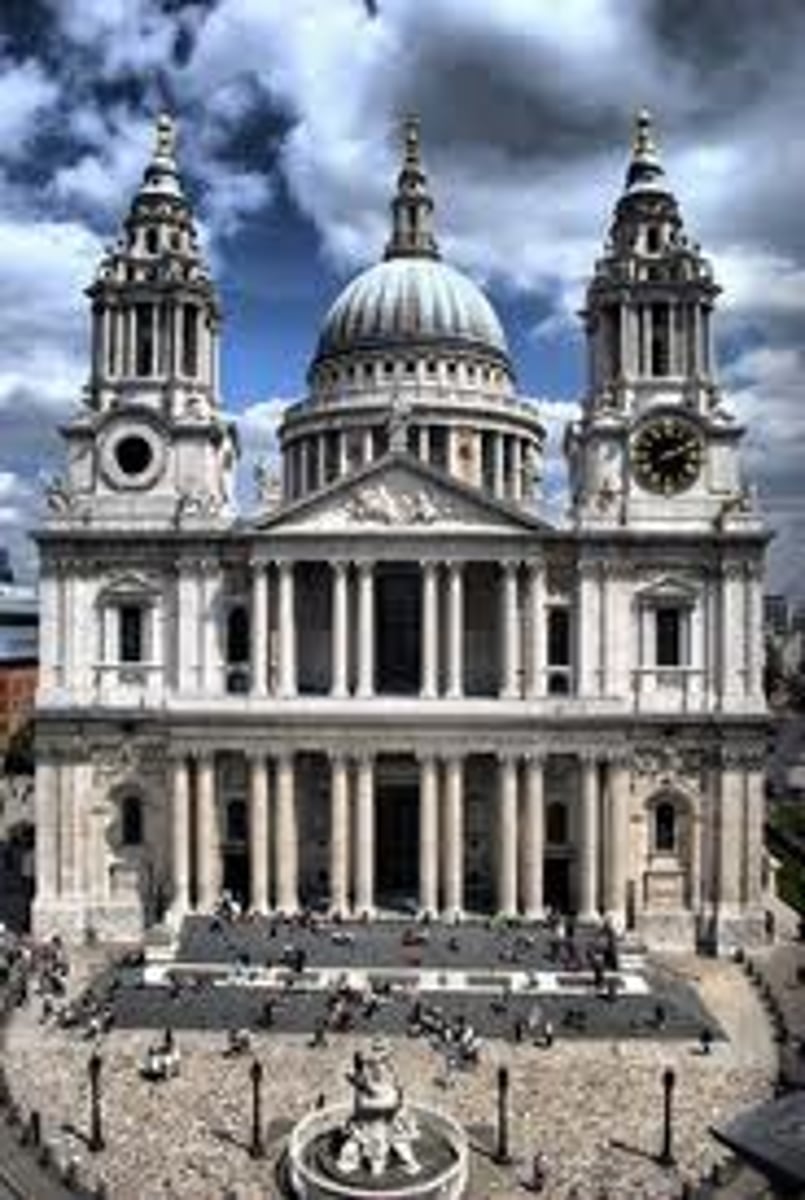
Chatsworth House
One of the largest country houses in England built during the English Baroque period.
Blenheim Palace
Built by the English Parliament during the English Baroque period as a national gift to John Churchill, 1st Duke of Marlborough. It was designed by John Vanbrugh, aided by Nicholas Hawksmoor.
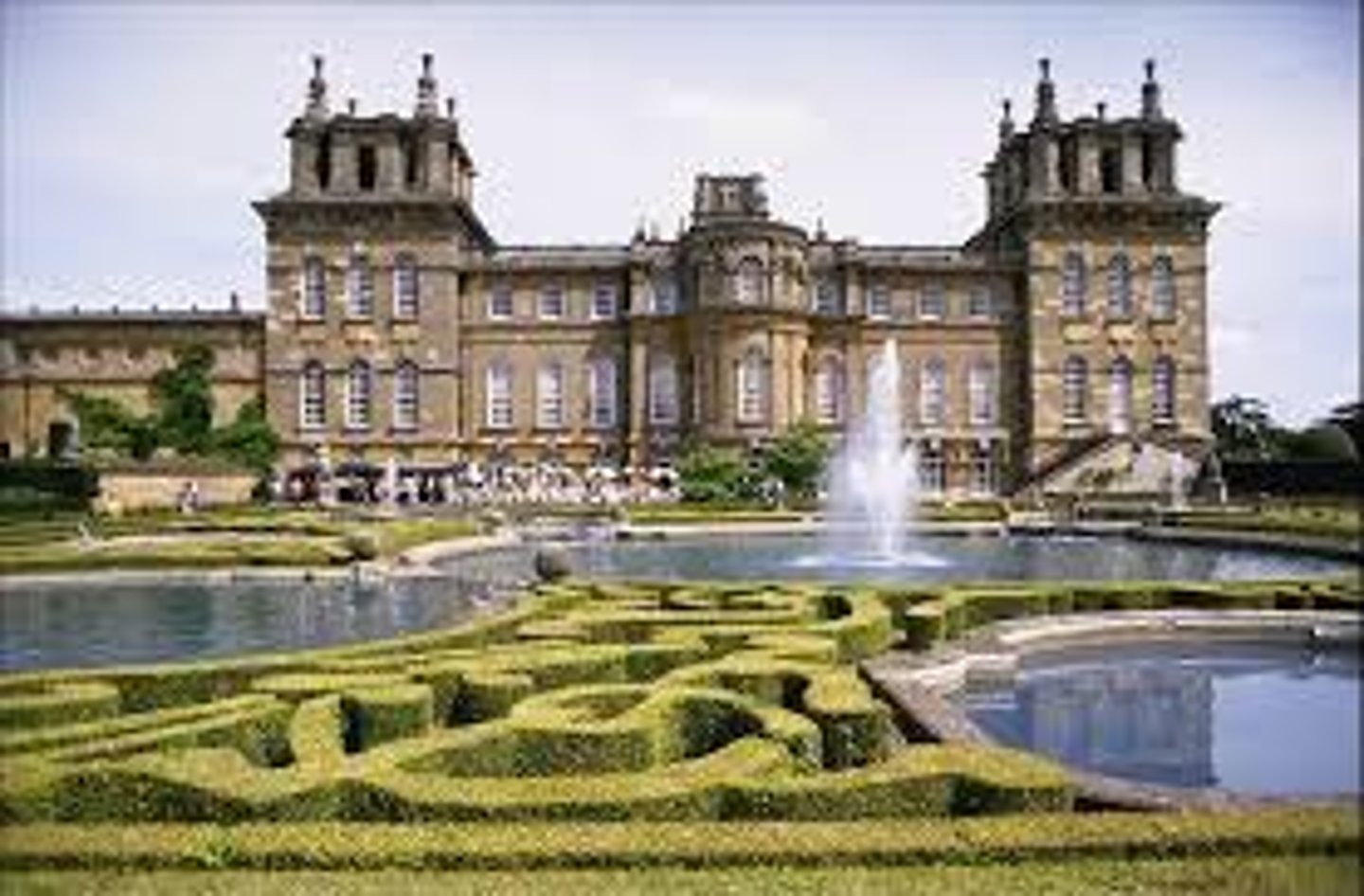
Castle Howard
One of the premier stately homes of England. It is a baroque masterpiece, more palace than a house, conceived by Charles Howard the 3rd Earl of Carlisle, executed by Sir John Vanbrugh. It is essentially two unbalanced wings, designed and executed to divergent visions.
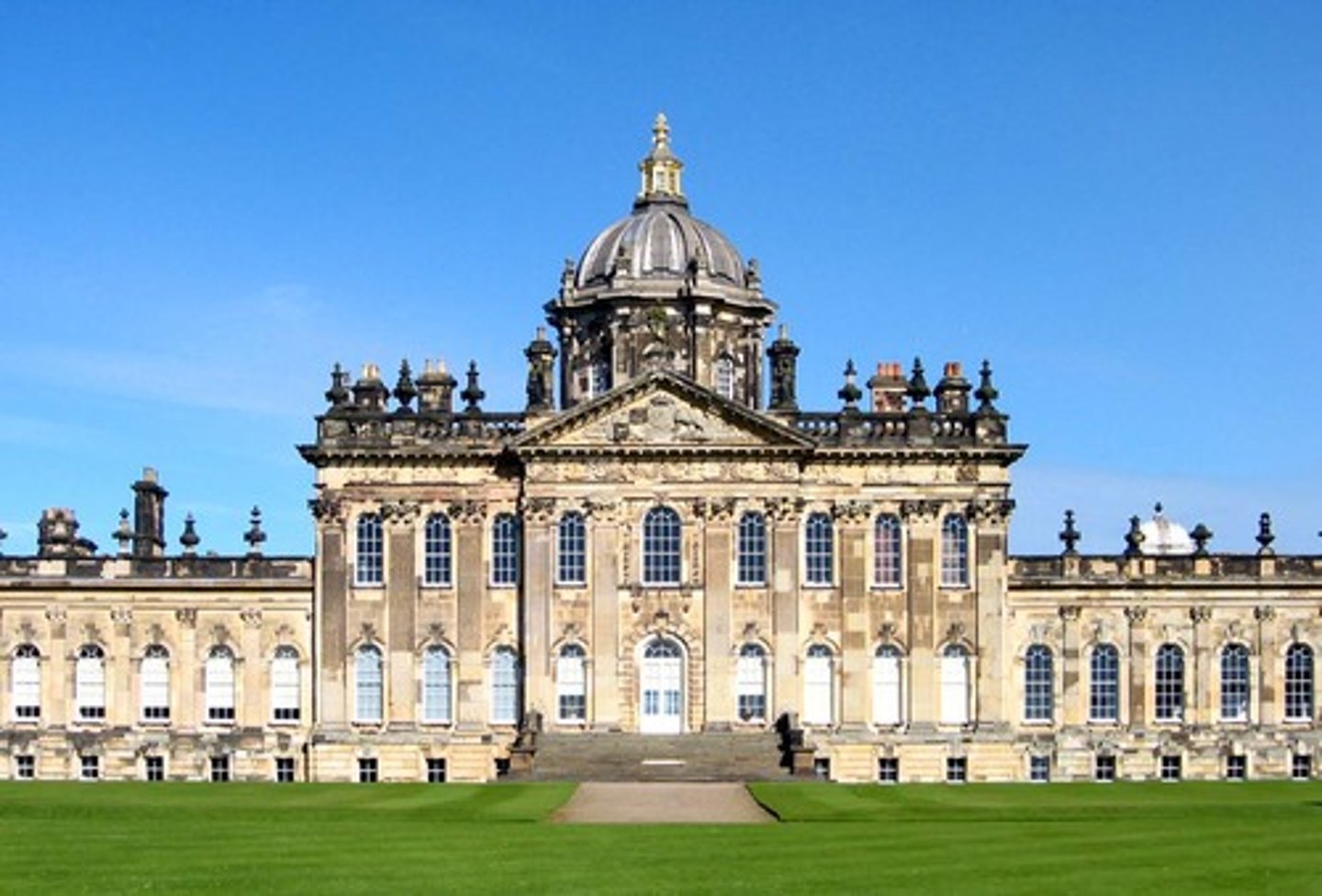
Enfilade
An ordered, axial arrangement, which reflected a succession of doors through a series of rooms.
Quadratura
Painted architecture that appears to extend real architecture into an imaginary space.
Carolean & William and Mary
Two divisions of the Restoration Period
Carolean
The English style of the time of Charles II
Carolean chair
Commonly made of walnut with caning covered with loose cushions; carving and turning were the principal means of ornamentation. Stretchers, arms, backs, aprons were of Flemish scroll arrangements.
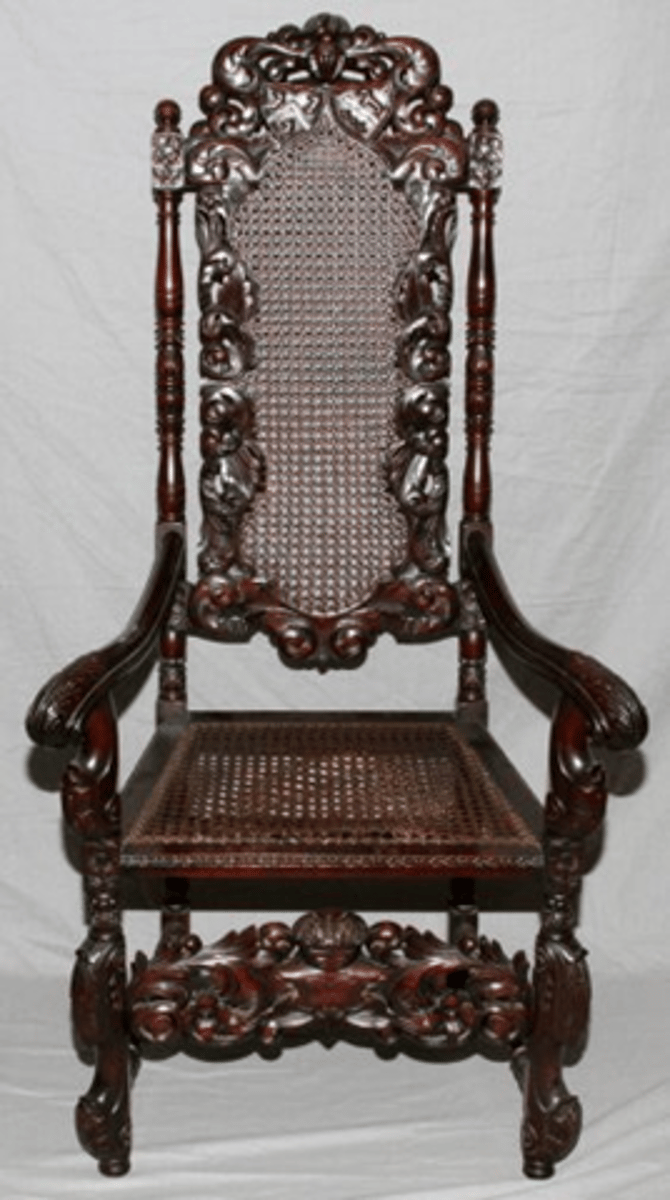
Japanning
English lacquer technique imitation of dark Japanese varnish/lacquer technique.
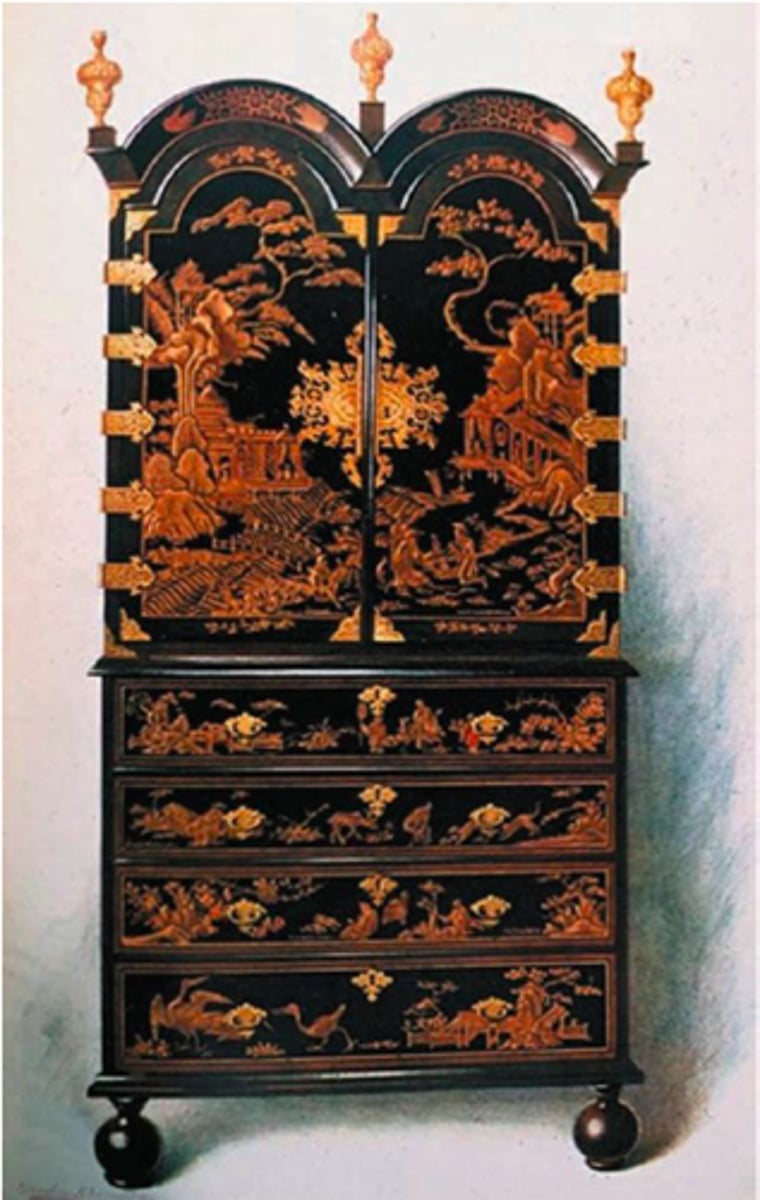
Oysterwork
A veneer of oval shapes resembling oyster shells that are cut transversely through a small tree branch or trunk.
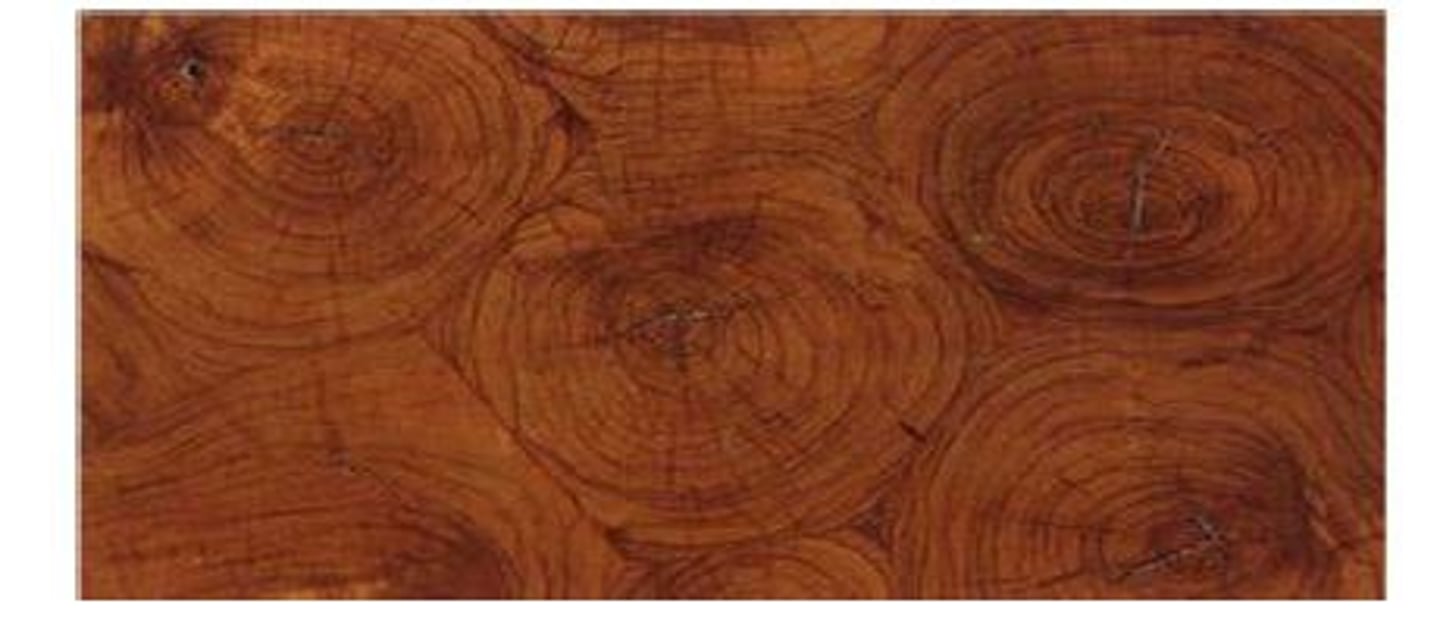
Wingback chair
Type of easy upholstered chair, usually taller than it is wide. Has two side panels or wings flanking the high back.
Also known as sleeping chairs.
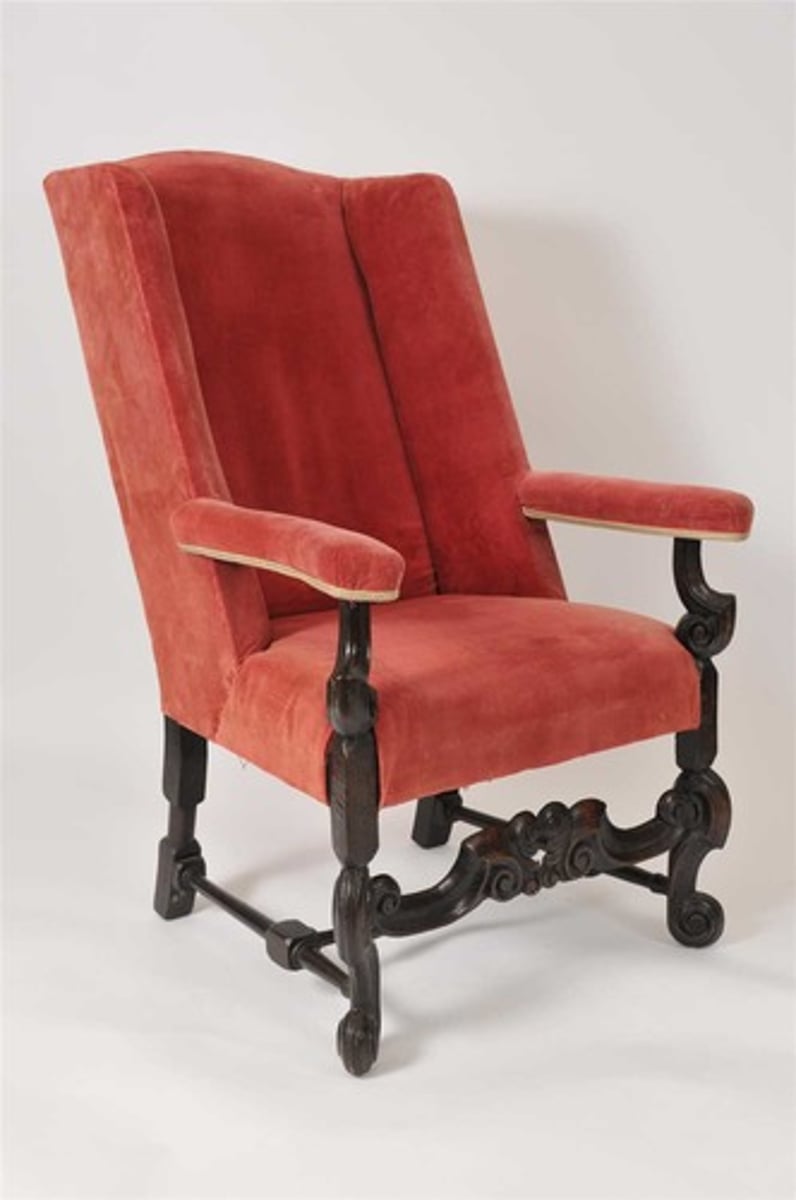
Highboy
A tall chest of drawers divided into two sections and supported on four legs.
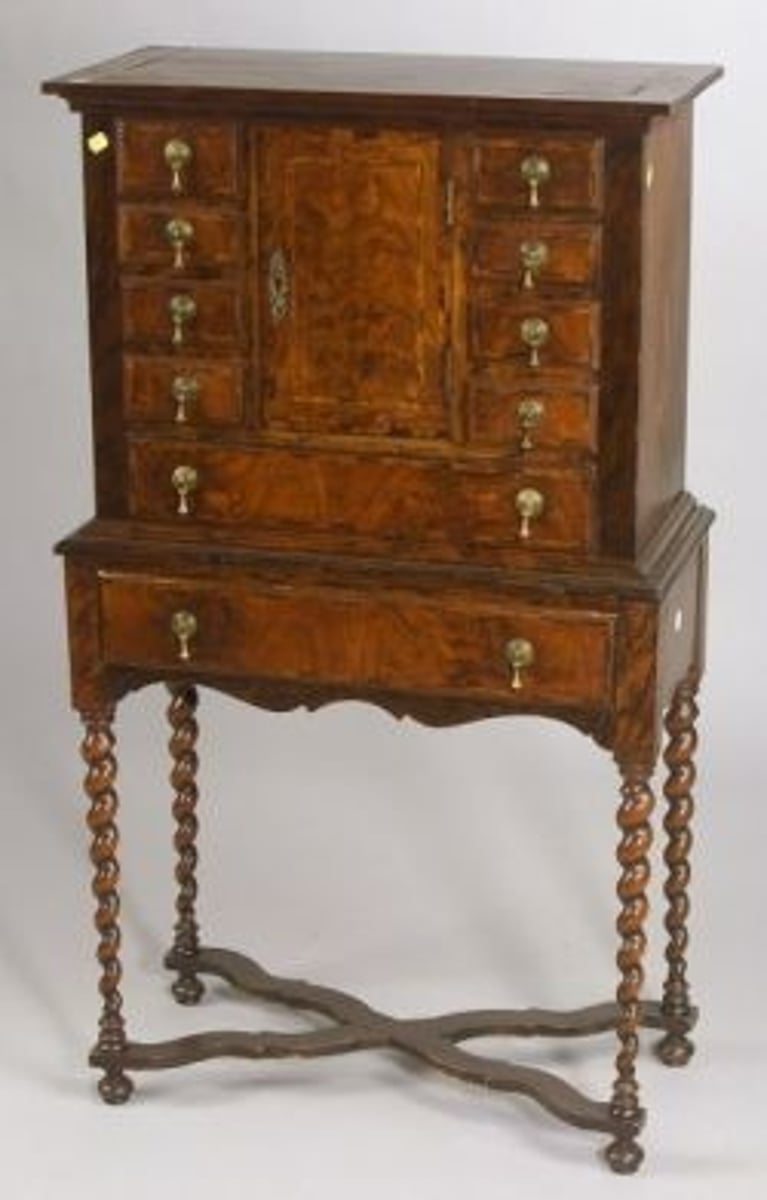
William and Mary Period
It followed the Restoration Style and marked the beginning of the Age of Walnut. The style relied on heavy Dutch influence. It was named after the English King William of Orange and his consort, Mary.
Trumpet leg
William & Mary furniture leg which flares upward and outward from a narrow lower end resembling a trumpet.
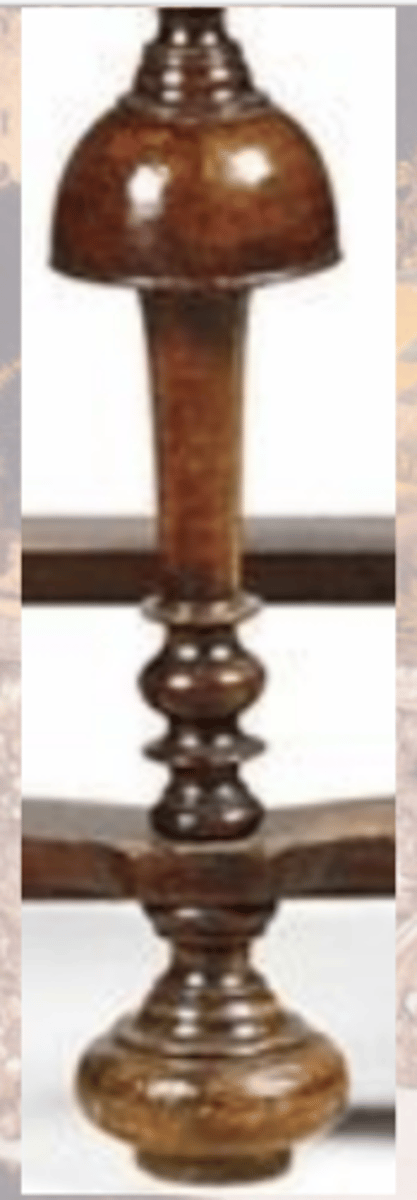
Crewelwork
Embroidery or tapestry done with crewel yarn on linen cloth.
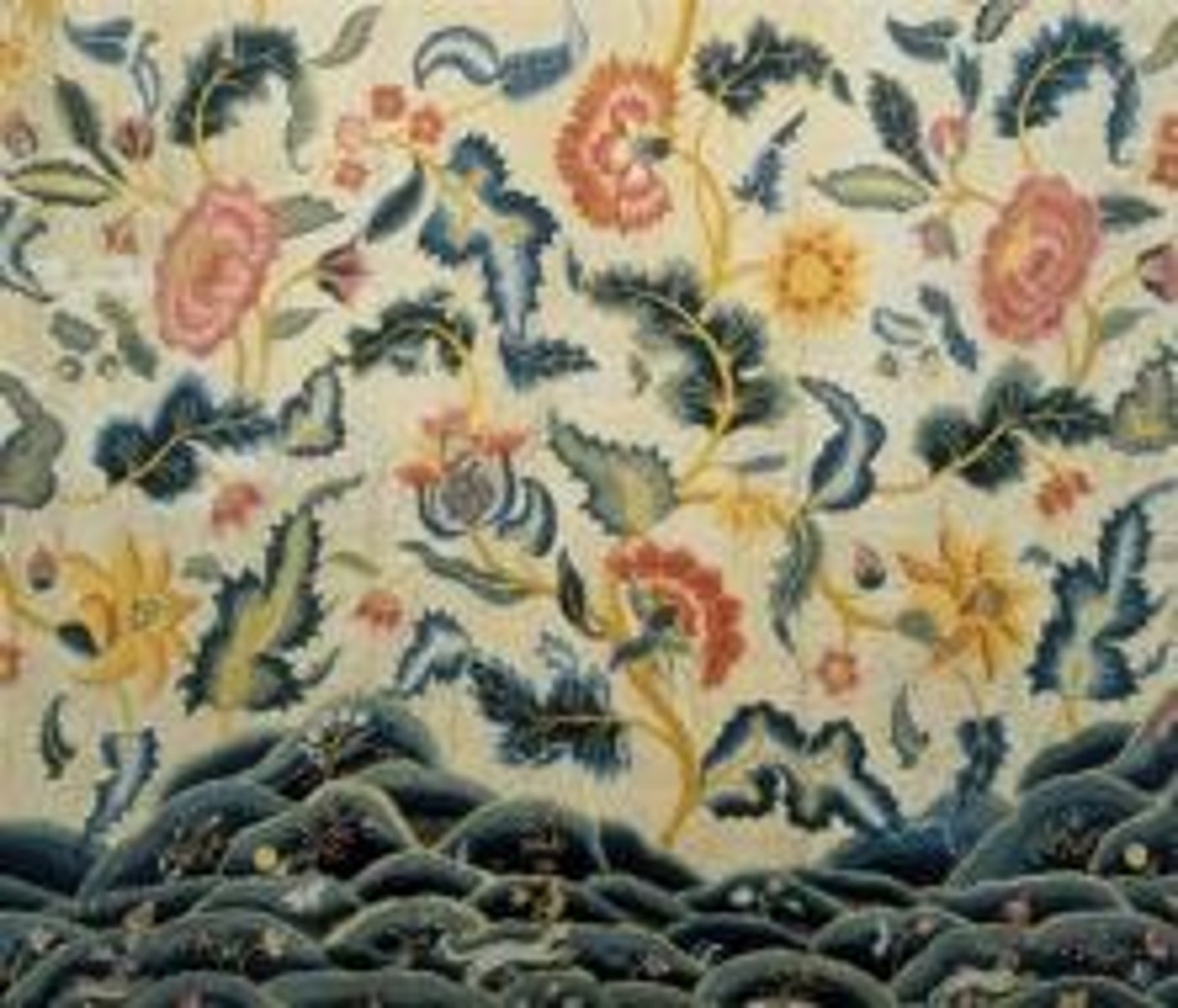
Spanish foot
Also known as braganza, paintbrush, or portugese foot. carved foot terminating a leg and characterized by an inward-turning scroll at the bottom and vertical grooves above creating ribs on the top surface of the scroll.
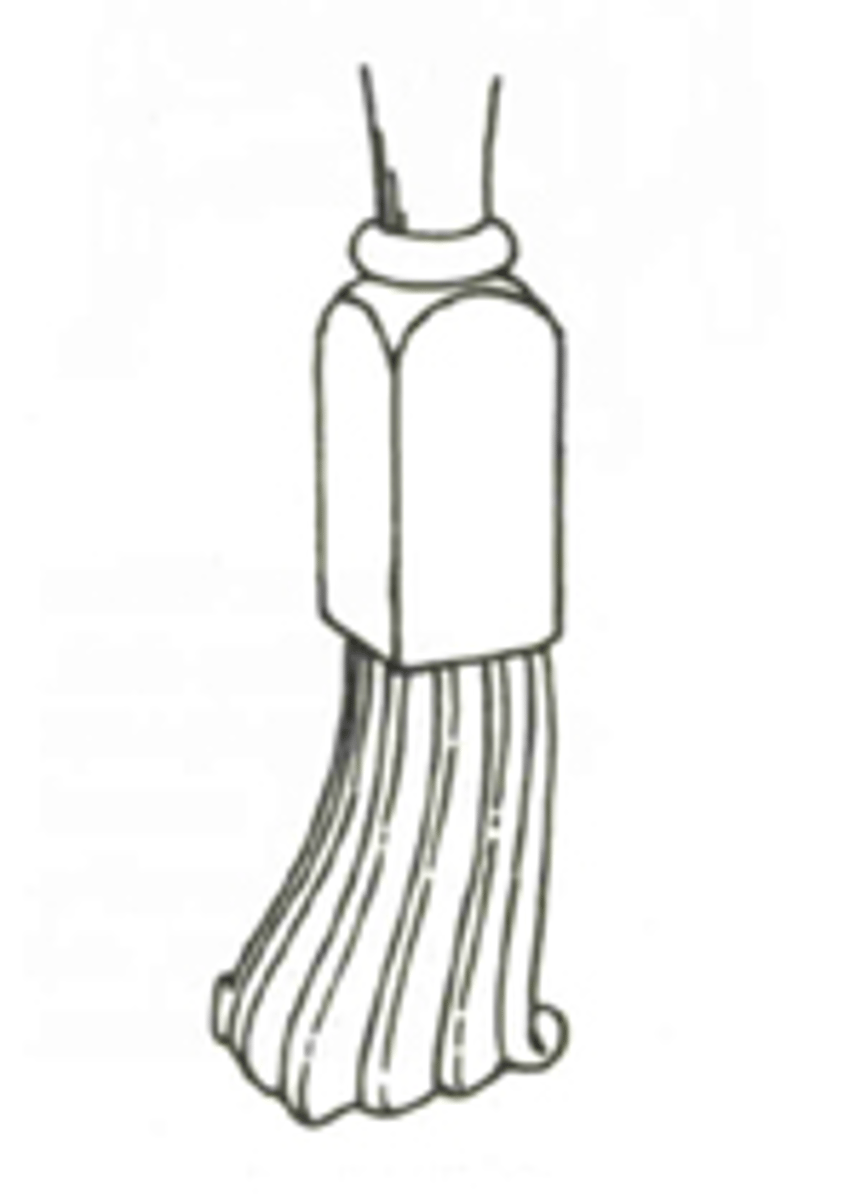
Flemish foot
A furniture bun foot with a C-shaped or S-shaped scroll.
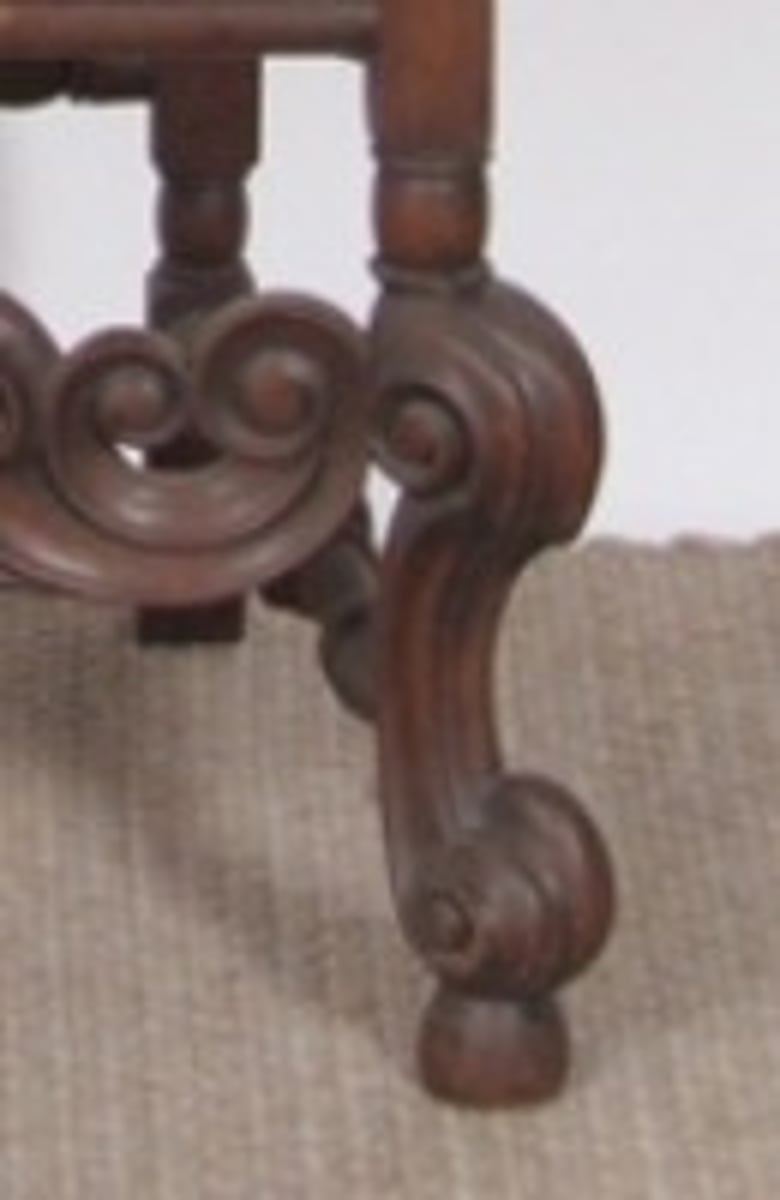
William and Mary Chair
Tall high backs, lighter chair frames, X-shaped stretchers with turned legs and pervasive use of C- and S-scrolls.
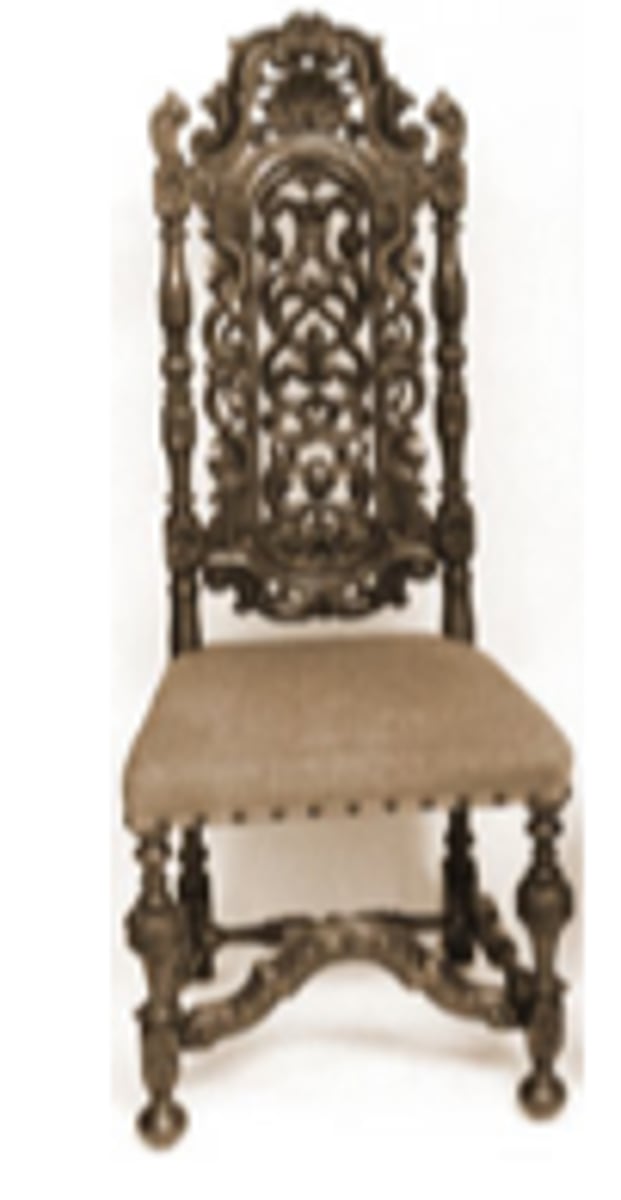
Bureau Cabinet
A desk topped with a tall cupboard containing glazed or paneled doors.
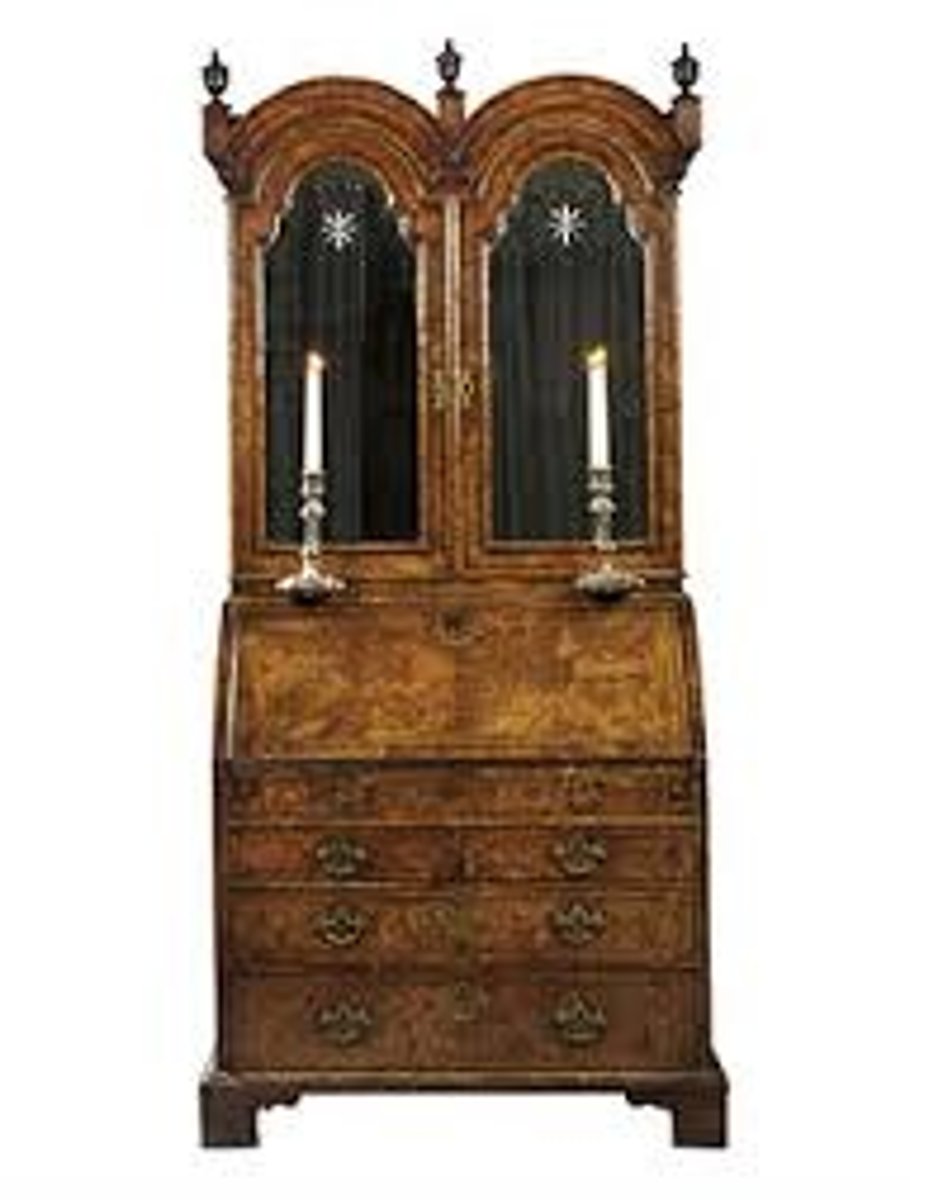
State bed
Lavish imposing beds of the William and Mary period having pinewood frame covered with velvet and silk. Some soar as high as 14 feet.